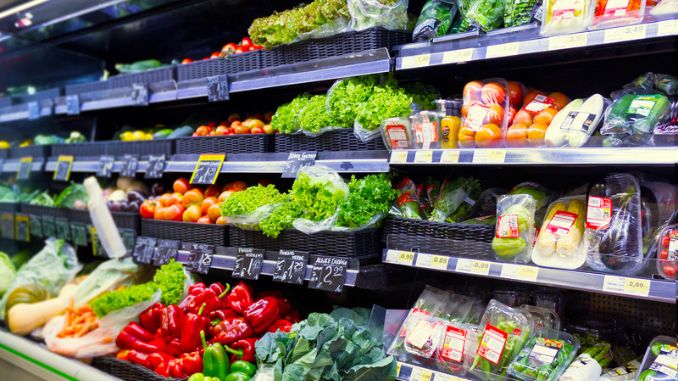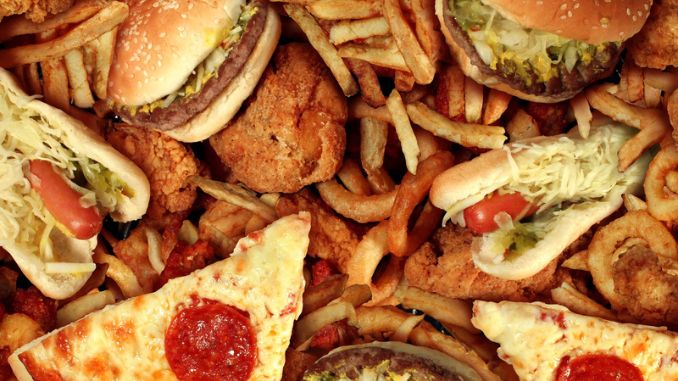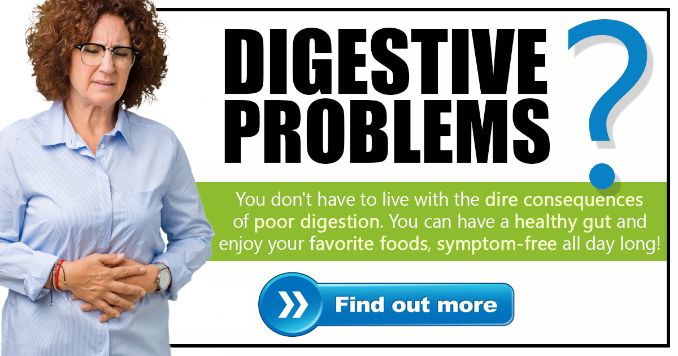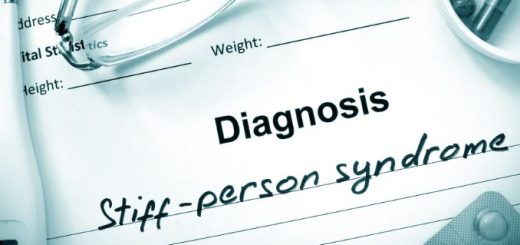The Ultimate Guide to a GERD Diet: How to Manage Gastroesophageal Reflux Disease

Last updated on April 11th, 2025 at 08:49 pm
This guide teaches you how to manage acid reflux with a GERD diet, starting with understanding the causes and offering gentle recipes. It's designed for both newcomers and those familiar with GERD, providing tools to control symptoms and enjoy meals again. Say goodbye to constant heartburn and live free from acid reflux discomfort.
Understanding Acid reflux
Acid reflux occurs when stomach acid flows back up into the esophagus, the tube connecting your mouth to your stomach. Normally, a muscle at the end of the esophagus closes after food enters the stomach, but if it doesn’t close properly or opens too often, stomach acid can escape, causing a burning sensation called heartburn.
Factors like eating spicy or fatty foods, lying down after eating, or being overweight can worsen this issue. If you experience frequent acid reflux, it is known as GERD (Gastroesophageal Reflux Disease).
Gastroesophageal reflux disease (GERD)
Gastroesophageal reflux disease (GERD)[¹] is a chronic form of acid reflux where stomach acid frequently flows back up and irritates the esophagus. This happens because a muscle called the lower esophageal sphincter doesn't function properly. Unlike occasional acid reflux, GERD can cause lasting damage to the esophagus and often needs medical treatment to control its symptoms and prevent serious problems.
According to a review in the Journal of American Medical Association, GERD affects about 20% of adults in wealthier countries and often involves severe heartburn and regurgitation.
Gastroesophageal Reflux Symptoms
Eating high-fat or acidic foods can worsen gastroesophageal reflux disease (GERD) symptoms. These foods can relax the muscle that closes off the stomach and slow down digestion, making acid reflux more likely. To help manage and reduce GERD discomfort, it's important to know these triggers and avoid foods that make symptoms worse.
A good strategy to manage GERD is to avoid acidic foods that often trigger symptoms. According to Kahrilas's study on ResearchGate[²], GERD can be triggered or made worse by certain foods and lifestyle choices, like how you eat, being overweight, drinking alcohol, smoking, how active you are, and how you sleep. Pregnancy, hormones, hiatal hernia, and some medications can also affect GERD.
Here are the symptoms of GERD:
- Heartburn symptoms: A burning sensation or discomfort in the chest, often occurring after eating or when lying down. Heartburn stands out as the predominant symptom of GERD. For some individuals, heartburn might also present with acid regurgitation, painful swallowing (odynophagia), and difficulty swallowing (dysphagia).
- Regurgitation: The backflow of stomach contents, including acid, into the esophagus, leading to a sour or bitter taste in the mouth.
- Dysphagia: Dysphagia is when someone feels like food isn't moving properly from the throat to the stomach after they swallow. Over 30% of people with GERD experience this. It might happen because the muscles in the esophagus aren't moving right, there's swelling, a narrowing called a peptic stricture, or a ring known as a Schatzki ring.
- Chest Pain: Discomfort or pain in the chest, which can sometimes be mistaken for a heart-related issue.
- Cough: A persistent cough that may be caused by stomach acid irritating the throat and airways.
Foods to Avoid for Acid Reflux Relief
One study[³] mentioned several dietary factors that could worsen GERD symptoms, including:
- Coffee and Tea: The study didn't make a clear distinction on the impact of these on GERD, except that regular tea (not herbal) was more likely consumed by those with moderate to severe symptoms.
- Soft Drinks: Noted for their association with increased acid reflux symptoms due to their carbonation and potential effect on the lower esophageal sphincter.
- Alcohol: Different types of alcohol, particularly beer and liquor, were mentioned in relation to their varying impact on GERD symptoms, with liquor sometimes being consumed more by those with severe symptoms.
- Citrus and Tomato Products: Both known for their acidity, were discussed concerning their potential to trigger reflux, though the study noted an inconsistent association with tomato products.
- High Fat and Fried Foods: Linked to worse GERD symptoms due to their effect on stomach emptying and overall digestion.
- Large Portion Meals: Indicated as problematic for GERD patients, likely due to the increased stomach pressure from larger meals.
Functional Foods to Include in GERD Diet

Functional foods[⁴] can significantly aid in managing GERD (Gastroesophageal Reflux Disease) by reducing symptoms and promoting digestive health.
These foods include:
- Fiber-rich Foods: Whole grains, fruits, vegetables, and legumes help promote healthy digestion and prevent constipation, which can aggravate GERD symptoms.
- Alkaline and Low-Acidity Foods: Foods like bananas, almonds, and green leafy vegetables help neutralize stomach acid and support the digestive process.
- Digestive Enzymes: Papaya contains enzymes that aid in breaking down proteins, which can support healthy digestion and reduce GERD symptoms.
- Anti-inflammatory Foods: Turmeric, ginger, and foods rich in omega-3 fatty acids, like salmon and flaxseeds, have anti-inflammatory properties that can soothe the gastrointestinal tract and reduce inflammation, which is beneficial for GERD sufferers.
Here's a guide to crafting meals that align with GERD dietary recommendations:
Creating meals for a GERD diet involves selecting ingredients that are less likely to trigger acid refluxwhile still offering nutritional balance and variety.
Breakfast Ideas:
- Oatmeal with Bananas: Oatmeal is a great whole grain that's gentle on the stomach, and bananas are a low-acid fruit. Add a dash of cinnamon for flavor instead of sugar as part of a GERD diet.
- Scrambled Eggs with Spinach: Eggs are a good protein source, and spinach is GERD-friendly. Use just a small amount of oil for a light sauté.
- Smoothie: Blend non-citrus fruits like melons or pears with a handful of spinach, a bit of ginger, and a splash of almond milk for a soothing breakfast smoothie.
Lunch Ideas:
- Grilled Chicken Salad: Use lean grilled chicken breast, mixed greens, cucumbers, and carrots. Dress with a light olive oil dressing.
- Turkey Sandwich: Choose whole-grain bread, lean turkey slices, lettuce, and avocado. Avoid tomatoes, onions, and high-fat condiments on a GERD diet.
- Vegetable Soup: Make a broth-based vegetable soup with carrots, zucchini, green beans, and a bit of lean protein like chicken or turkey. Season with herbs like basil or thyme, suitable for a GERD diet.
Dinner Ideas:
- Baked Salmon with Asparagus: Salmon is an excellent source of omega-3 fatty acids, and asparagus is GERD-friendly. Bake with a drizzle of olive oil and a sprinkle of herbs
- Whole Grain Pasta with Pesto: Choose whole grain or brown rice pasta and use a homemade pesto made from basil and pine nuts, without garlic or cheese.
- Stir-Fried Tofu with Broccoli: Tofu is a good protein source for those with GERD. Stir-fry with broccoli and carrots in a small amount of ginger for flavor.
Snacks:
- Melon Pieces: Melons are among the best fruits for GERD sufferers. Keep some cubed melon in the fridge for a quick, refreshing snack.
- Carrot and Cucumber Sticks: These veggies are crunchy, hydrating, and reflux-friendly. Enjoy them plain or with a small amount of hummus.
- Almonds: Eating a small number of almonds can be a good snack option, but don’t overdo it as they are high in fat.
Beverages:
- Opt for non-citrus juice, herbal teas (like ginger or chamomile), and plenty of water throughout the day. Avoid caffeinated drinks, alcohol, and carbonated beverages.
General Tips:
- Avoid foods that can trigger reflux symptoms such as fatty meats, spicy foods, acidic, and fried foods.
- Don't eat large meals; instead, have smaller, more frequent meals.
- Avoid eating close to bedtime.
Tips to Manage Acid Reflux Attacks

- Stay Upright
- Chew Gum
- Baking Soda Solution
- Ginger Tea
- Avoid Trigger Foods
- Loosen Clothing
- Use extra pillows in bed
- Over-the-Counter Antacids
- Avoid Smoking
- Stay Hydrated
- Practice Relaxation Techniques
Takeaways

Managing acid reflux and living well with GERD is possible by making careful food choices and adjusting your eating habits. Control your portion sizes and avoid acidic and fatty foods while adding more alkaline options to ease heartburn and enjoy eating again. Work with a healthcare professional to create a personalized plan. Start today and take control of your digestive health, enjoying your meals without the pain of acid reflux.
References:
(1)Maret-Ouda J, Markar SR, Lagergren J. Gastroesophageal Reflux Disease: A Review. JAMA. 2020;324(24):2536–2547. doi:10.1001/jama.2020.21360. https://jamanetwork.com/journals/jama/article-abstract/2774414
(2) PETER J. KAHRILAS, MD (2003) https://www.researchgate.net/profile/Peter-Kahrilas/publication/8935169_GERD_pathogenesis_pathophysiology_and_clinical_manifestations/links/09e4150a23afd3f5ba000000/GERD-pathogenesis-pathophysiology-and-clinical-manifestations.pdf
(3) Kubo, A., Block, G., Quesenberry, C. P., et al. (2014). Dietary guideline adherence for gastroesophageal reflux disease. BMC Gastroenterology, 14(144). https://doi.org/10.1186/1471-230X-14-144
(4) Herdiana Y. Functional Food in Relation to Gastroesophageal Reflux Disease (GERD). Nutrients. 2023; 15(16):3583. https://doi.org/10.3390/nu15163583
Rick Kaselj MS, is a leading kinesiologist and injury specialist as well as co-creator of the best-selling Unlock Your Hip Flexors program. Rick creates exercise programs that help people heal injuries and eliminate pain, so they can go back to living a full, active, healthy life.







